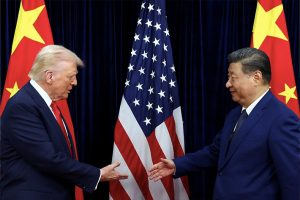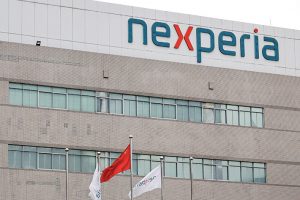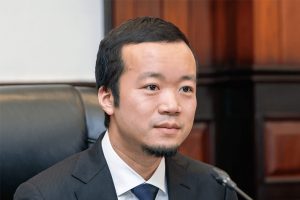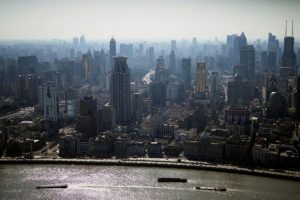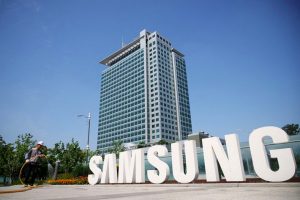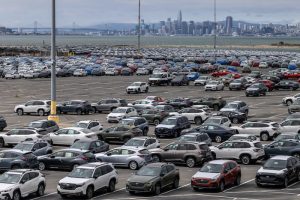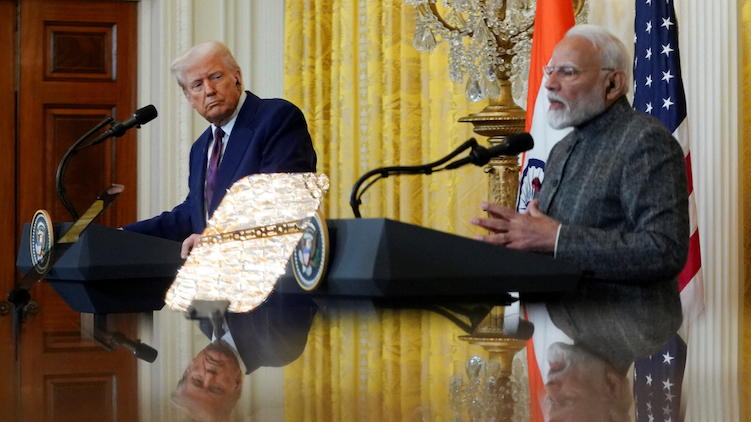Tech giant Foxconn said on Friday that a $1.4 billion supercomputing centre it is building with Nvidia will be ready by the first half of next year.
The 27-megawatt data centre, to be powered by about 10,000 of Nvidia’s new Blackwell GB300 chips, will be Taiwan’s largest advanced GPU cluster when completed.
It will also be Asia’s first GB300 AI data centre, said Neo Yao, CEO of a new unit Foxconn has set up for AI supercomputing and cloud operations called Visonbay.ai.
ALSO SEE: States Seize $700m Prince Group Assets Amid Hunt for ‘Scam Billionaire’
“As GPU technology accelerates, building individual facilities may no longer make economic sense,” said Alexis Bjorlin, a Nvidia vice president, at the contract electronics manufacturer’s tech day, which was attended by Foxconn’s partners and clients, including Nvidia, OpenAI and Uber.
“Renting compute resources may offer a far better return on investment, enabling flexibility and enabling companies to scale their compute according to both product and business cycles,” she said.
Foxconn plans company in Japan
Foxconn – Apple’s top iPhone assembler – has been expanding beyond electronics into electric vehicles and AI data centres. It is now Nvidia’s main maker of AI racks, which are server racks tailored for AI workloads that house chips, cables and other equipment.
This has made the company a big beneficiary of the data centre boom, as cloud computing firms spend billions of dollars to expand their AI infrastructure and research capacity. Foxconn offered a bullish outlook on AI-related demand last week, saying it would be a big driver of 2026 growth.
Foxconn chairman Young Liu told Reuters in an interview published earlier on Friday, before the event, that Foxconn would invest $2 billion to $3 billion a year in AI.
Foxconn’s founder Terry Gou, also made an appearance at the tech day, as did Spencer Huang, a product line manager at Nvidia’s leading robotics product, who is also the son of Nvidia founder Jensen Huang. Huang said that Nvidia was working with Foxconn to bring AI to factories and manufacturing lines.
Liu said the company now had the capability to manufacture 1,000 artificial intelligence racks per week, and it expected that rate to increase next year.
He also said the company’s EV volumes were just at about the level where automakers could outsource more production to Foxconn and Chief Strategy Officer Jun Seki showcased the company’s “Model A” electric vehicle on stage.
Liu said the Model A was designed by Japanese engineers and that Foxconn planned to eventually set up a company there to serve Japanese customers, and the Model A would eventually be made in Japan too.
- Reuters with additional editing by Jim Pollard
ALSO SEE:
Foxconn’s Q2 Profit Jumps on Strong Demand for Its AI Servers
China Ramps up Trade Pressure on Japan Over Taiwan Remark
Samsung To Make Record Investments At Home Amid US Deal Fears
Amid Fears Of An AI Bubble, Indian Equities Become Surprise Hedge
AI Bubble Popped by MIT Report Noting Dismal Business Impacts
Foxconn’s Q2 Profit Jumps on Strong Demand for Its AI Servers
US ‘Put Trackers in AI Chip Shipments to Catch Diversions to China’
Foxconn Mega Factory to Build Nvidia Superchip AI Servers
Foxconn’s AI Bonanza Continues as it Posts Record Q3 Revenue





